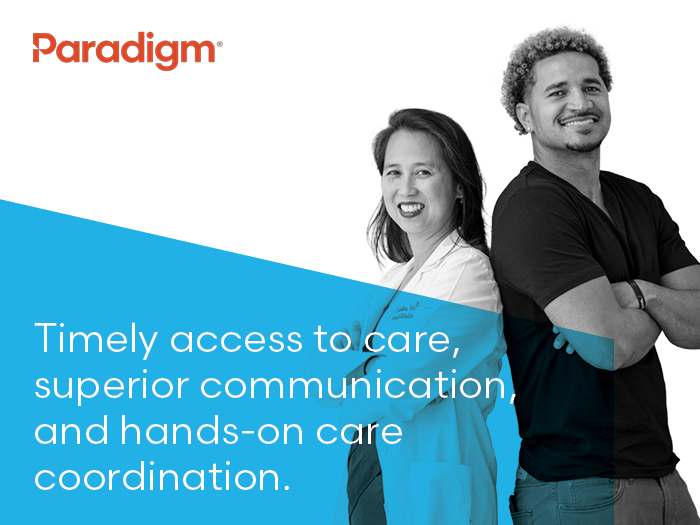Opioid Risks
Survey Shows Need to Better Educate on Opioids

More than two-thirds of treating physicians surveyed say their patients’ expectations impact their decisions on opioid prescribing.
The vast majority incorrectly believe morphine and oxycodone are the most effective ways to treat pain. And 88 percent say they find it difficult to refer patients to treatment for abuse of opioids.
The sobering statistics are included in a survey of 201 treating physicians nationwide. The National Safety Council said overall 99 percent of the physicians prescribe opioids for longer than the three days recommended by the Centers for Disease Control and Prevention.
Nearly all the respondents — 98 percent — said they prescribe some form of opioids for pain control despite evidence that they are not the most effective medications to relieve pain.
“Many physicians prescribe opioids. We knew that, but not to that extent,” said Dr. Don Teater, medical advisor for the National Safety Council. Teater discussed the findings in the survey during a recent webinar.
Nearly all the respondents — 98 percent — said they prescribe some form of opioids for pain control despite evidence that they are not the most effective medications to relieve pain. The physicians also underestimate the impact of safer alternatives such as physical therapy.
Teater cited research indicating a combination of 500 mgs of acetaminophen and 200 mgs of ibuprofen was most effective for pain relief followed by 400 mgs of ibuprofen. Fifth on the list was 10 mgs of morphine. Yet, physicians ranked it as the most effective medication to treat pain.
“Opioids do not kill pain; they kill people.” — Dr. Don Teater, medical advisor for the National Safety Council
The survey also showed that while most physicians screen their patients for risk factors of opioid abuse, few ask about family histories of drug or alcohol abuse. Only slightly more than half consult their state’s prescription drug monitoring programs to see what additional medications their patients take.
“Opioids do not kill pain; they kill people,” Teater said. “Doctors are well-intentioned and want to help their patients, but these findings are further proof that we need more education and training if we want to treat pain most effectively.”
Teater said the findings point to the need to change prescriber practices by:
- Providing more education and additional training on pain treatment.
- Having open conversations with patients about alternatives to opioids.
- Becoming certified to treat addiction in case a patient begins displaying signs of abuse.
Additionally, the general public needs to be better informed about the risks of opioids.








